Funnily enough, we got our first impression ( or should I say, first “reminder” ) while still on the ship from Busan. The ship is Japanese ( but managed together with a Korean company ) so it has more of a Japanese “flavour” one might say – tatami rooms that could sleep up to 10 people, its own “sento” ( hot bath ) and, something else we have only ever seen in Japan – beer sold from vending machines ( common not just on the ship but all over Japan ) ! Most people reading this blog live in North American or Australia – in any of those countries it would be emptied by under age kids in short order ! The Japanese, though, are known for following rules – even adolescents, it seems.
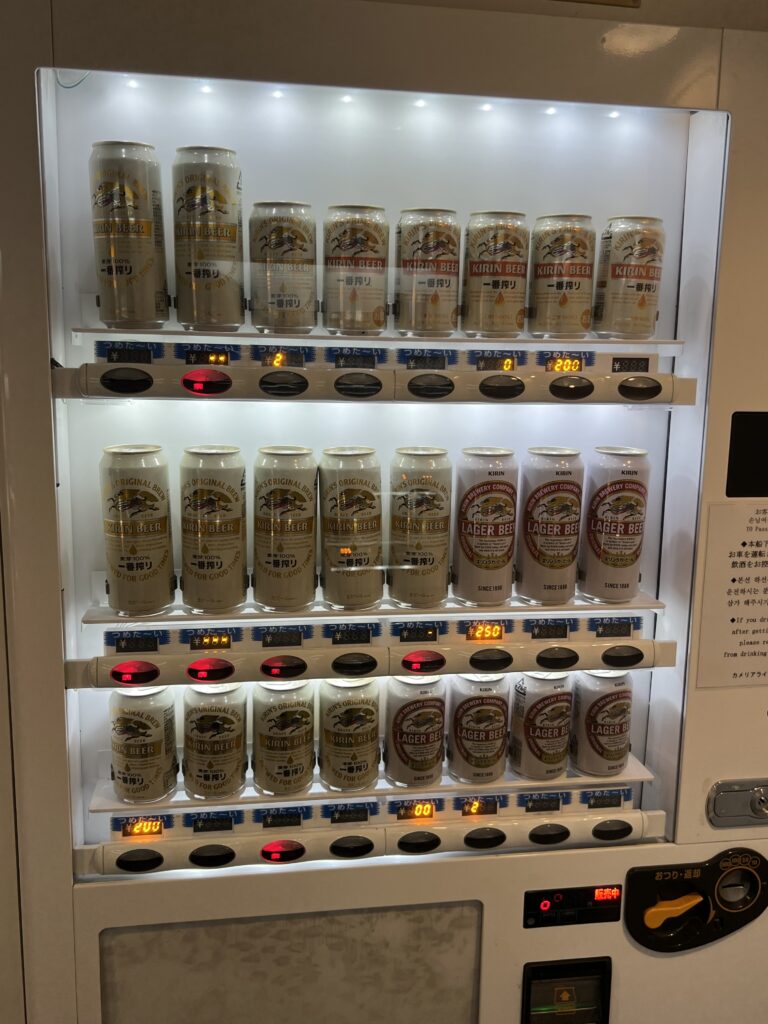
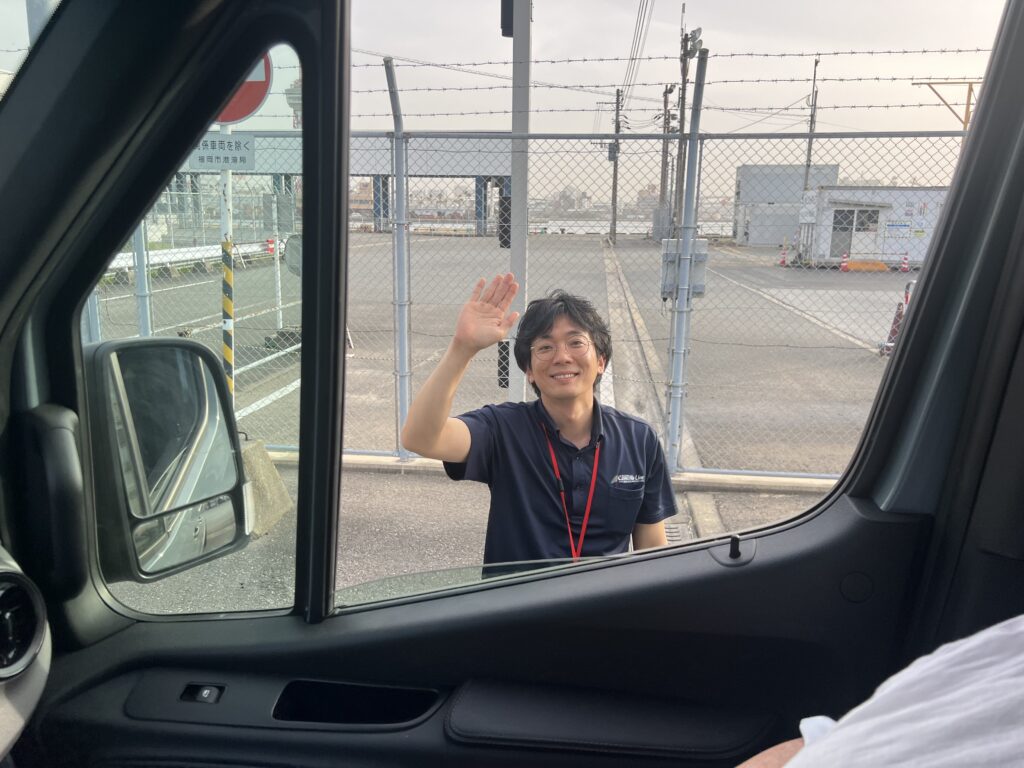
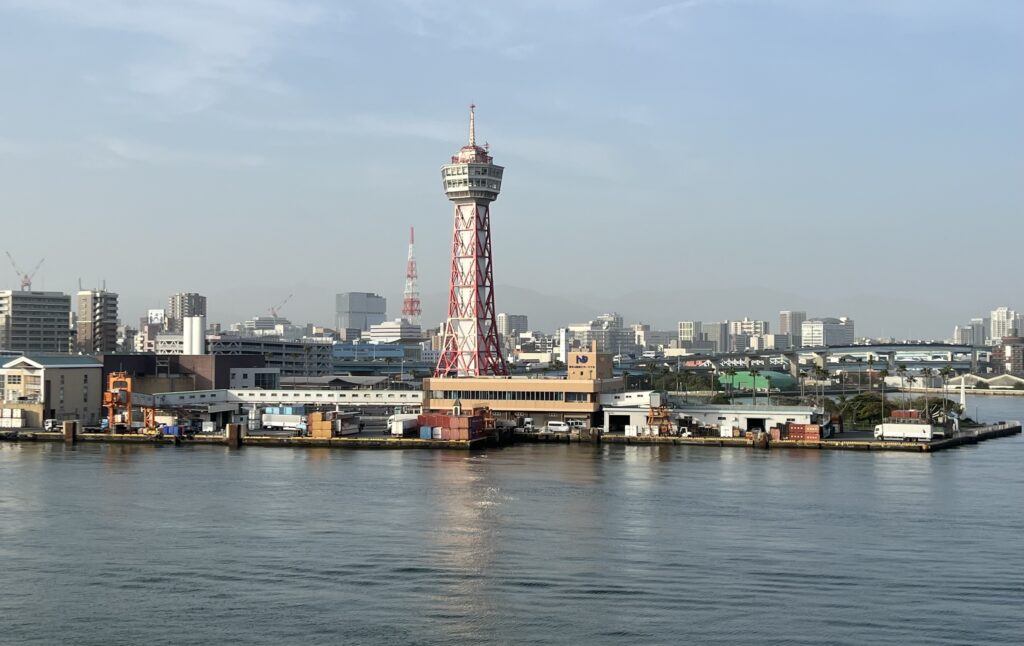
After an extraordinarily long first day dealing with customs, carnet and insurance issues, it was exciting to finally drive out of the ferry terminal, with our van, ready to explore Japan. Fukuoka itself, a nice enough mid-sized Japanese city, does not have a ton of sights of interest but certainly enough to fill a day so we started our Japan sightseeing right there. On top of the interesting sights, a real delight was stumbling upon one of the city’s older, and very popular, yakitori restaurants; enjoyed the best wasabi-flavored chicken skewers ever, washed down with a generous serving of sake to celebrate our safe arrival in the country. Definitely a memorable moment, made more enjoyable by the company of some super friendly and helpful locals.
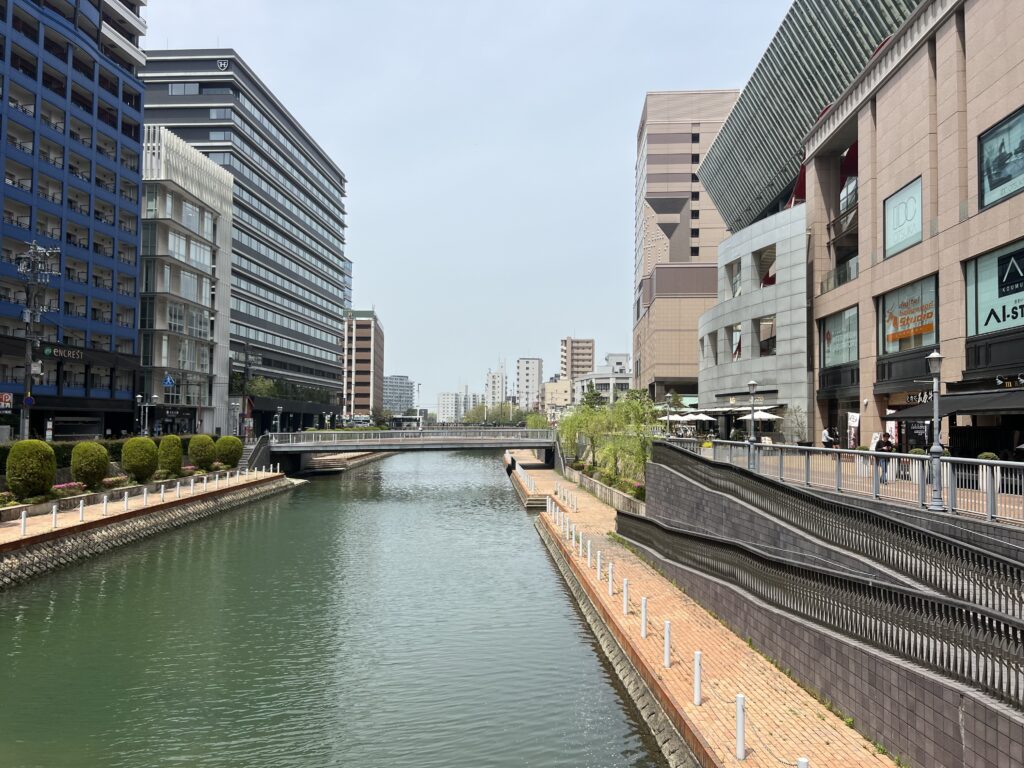
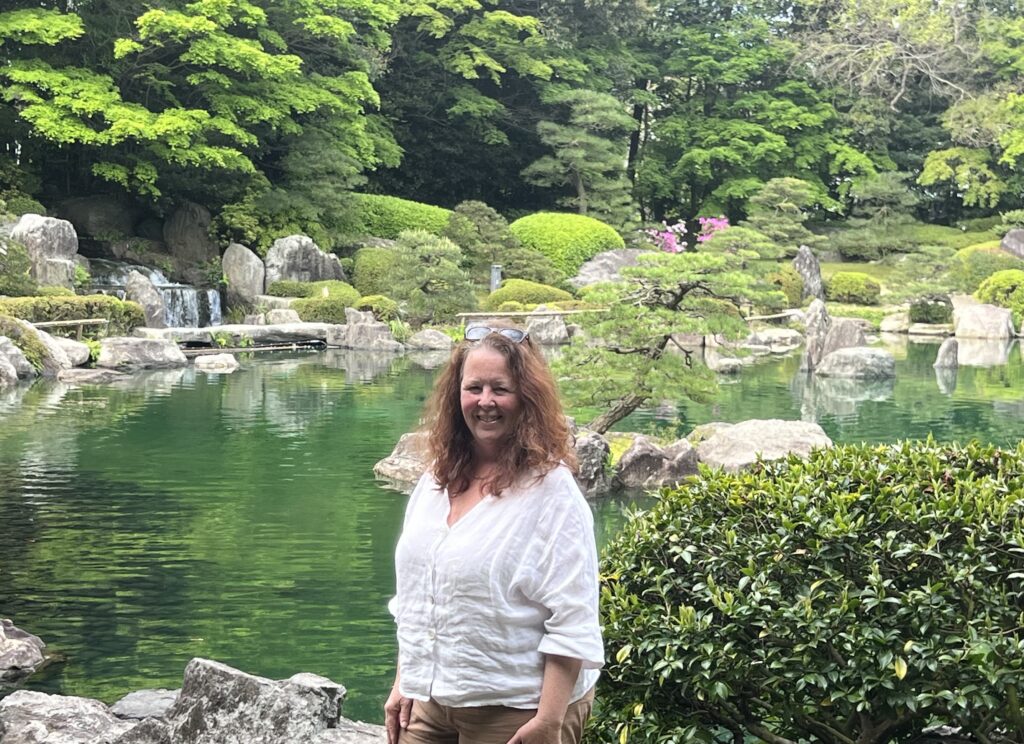
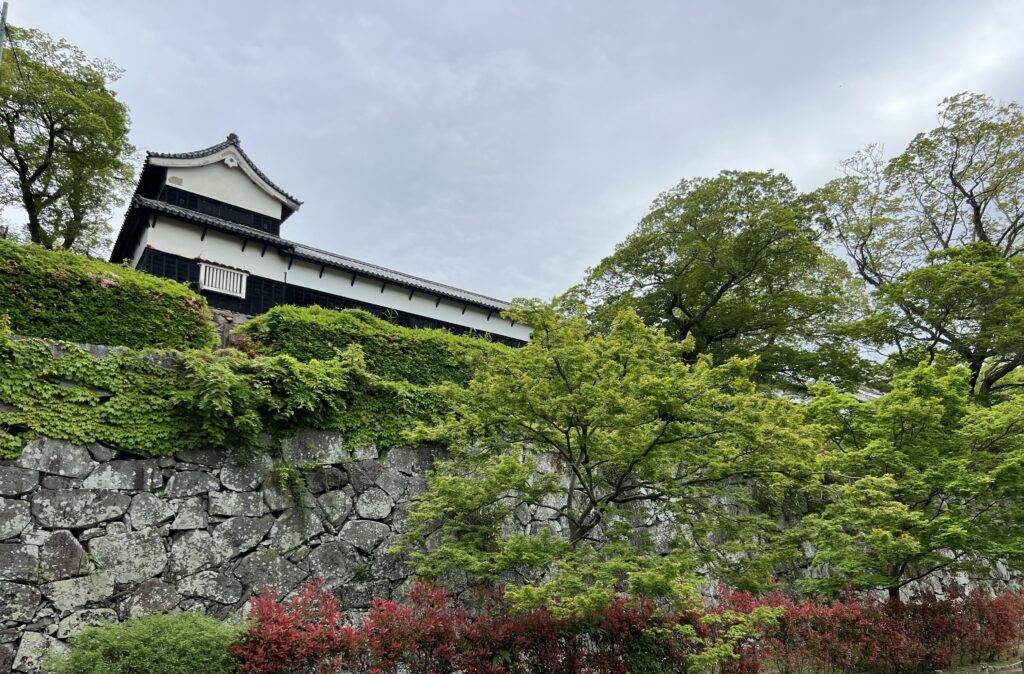
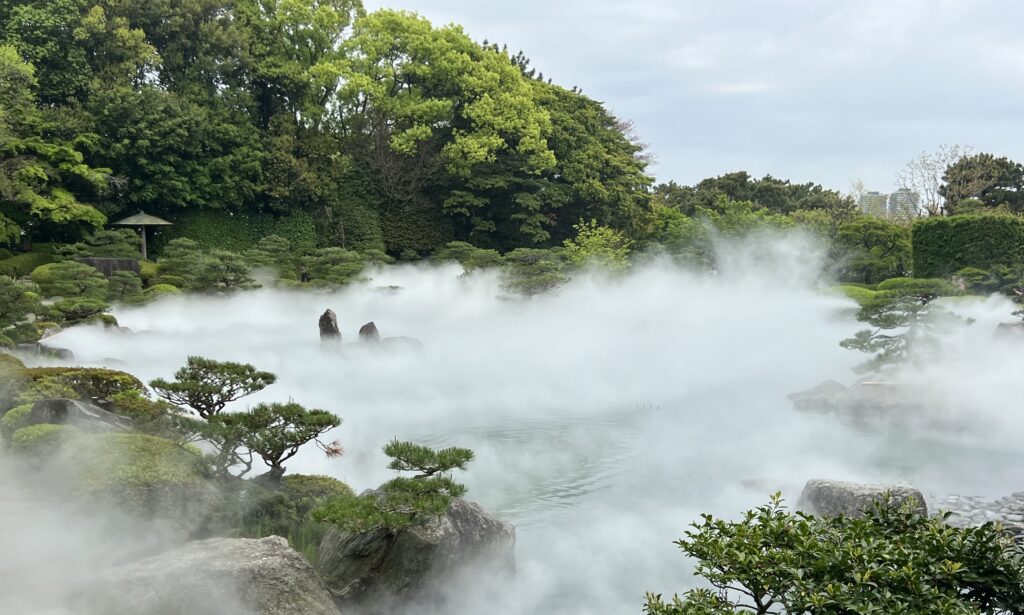
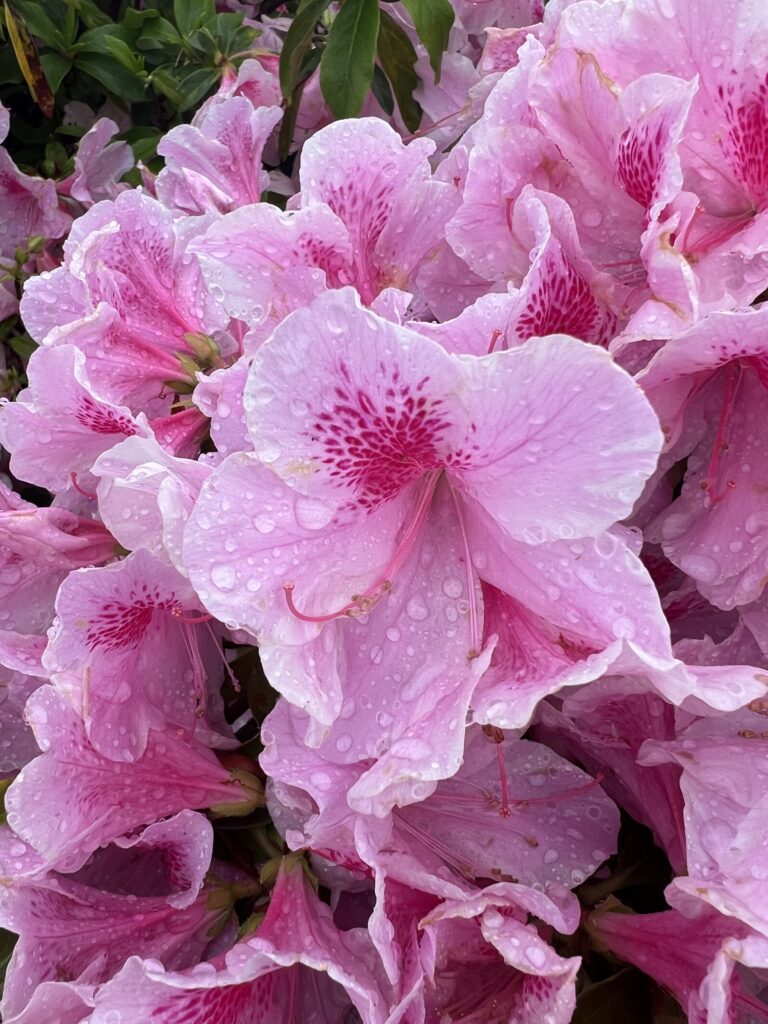
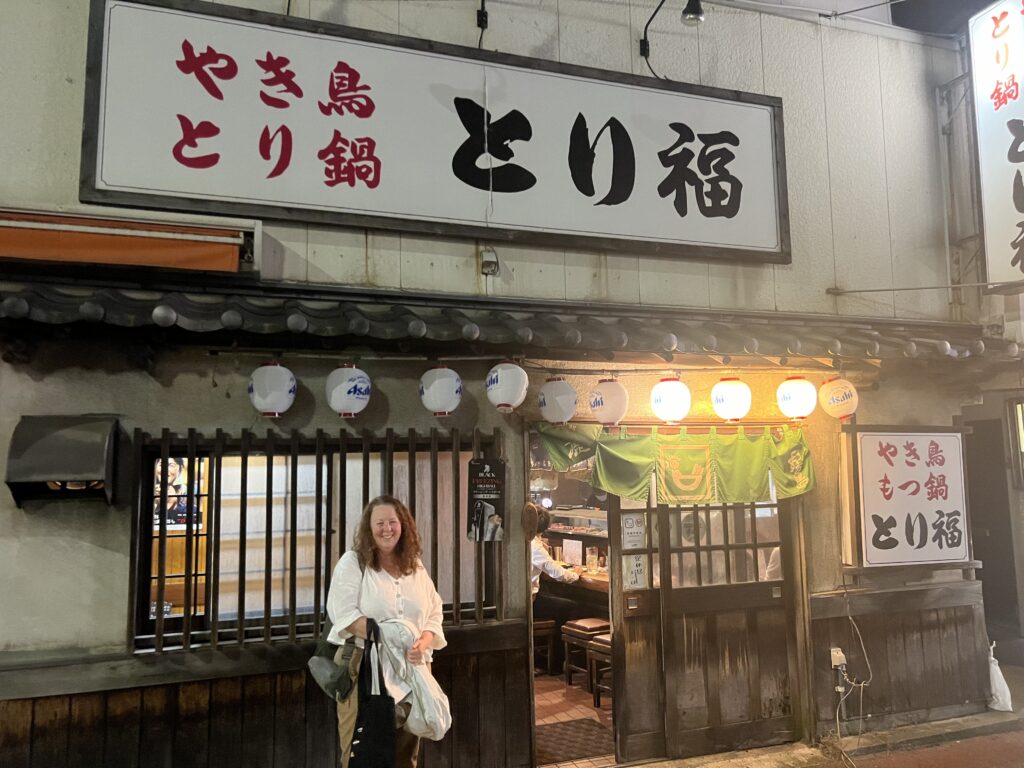
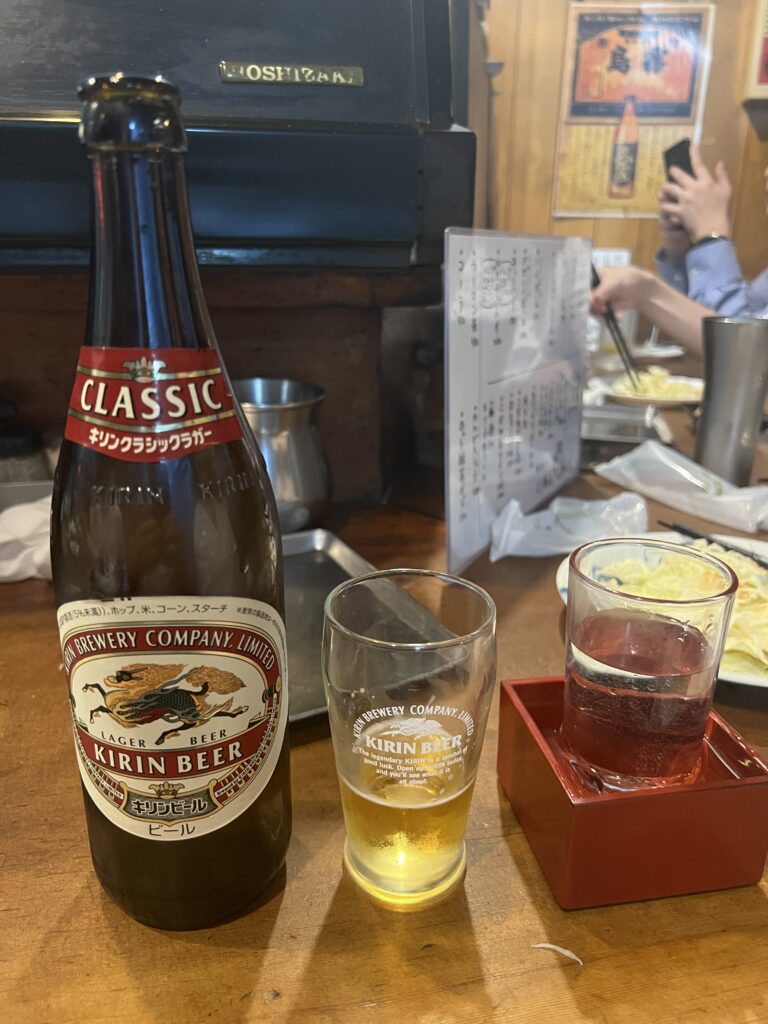
From Fukuoka, the plan was generally to travel southwest in the direction of Nagasaki. Where possible, toll roads were avoided ( not hard to do ) giving us a great perspective on life in rural Kyushu; small towns, farms, fishing villages and the odd larger centre filled our first few days. Some great beach camping, scenic coastal drives and our first Michi-no-Eki ( literally “road side station” ) experience were highlights. We have nothing quite like a Michi-no-Eki; think of a farmers market, running every day from 9-5, with plenty of parking, impeccably clean toilet facilities and perhaps a small store. Place it on a main road so that passing travellers have a place to pull over, rest ( for a few hours, or even overnight ) and sample regional specialties that are for sale. These have only been around for 20 years but are now all over Japan…..well over 1,000 of them in fact, and they make great places to park up for the night as many Japanese (and others) do. It’s been a hugely successful idea- we are already fans.
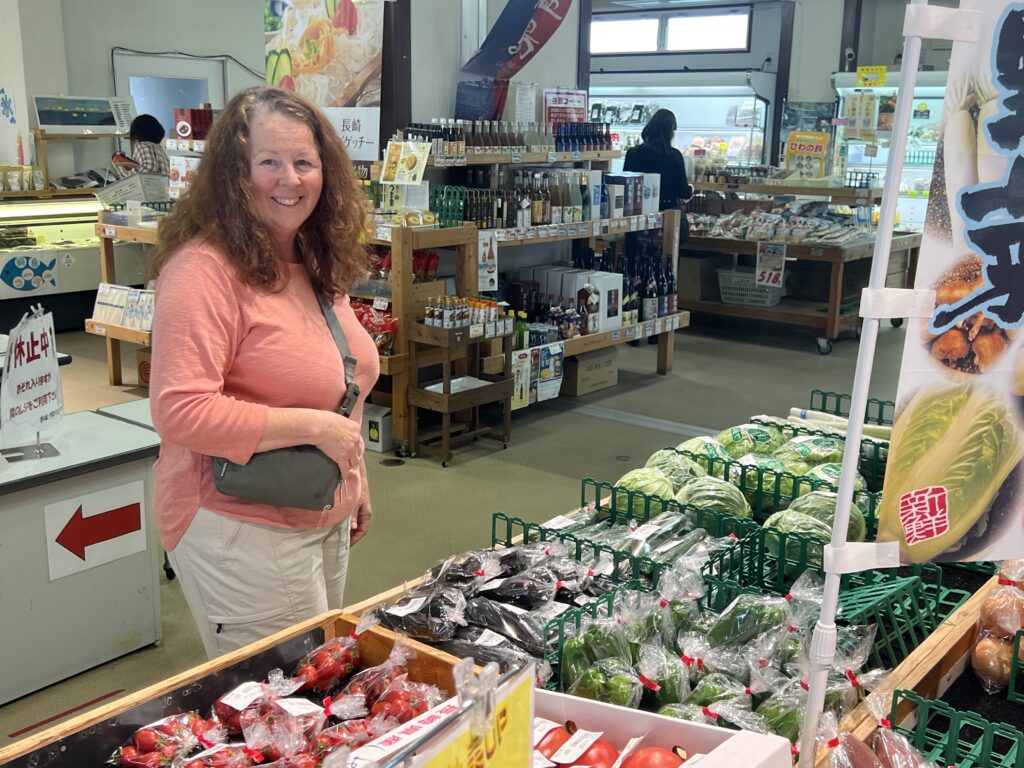
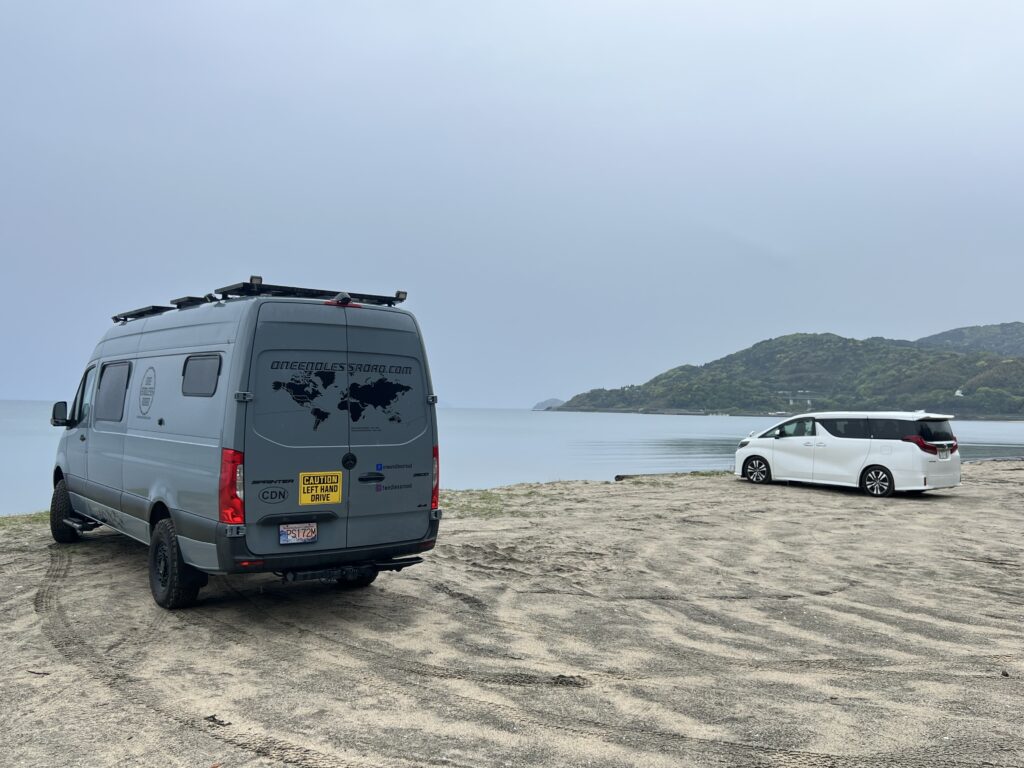
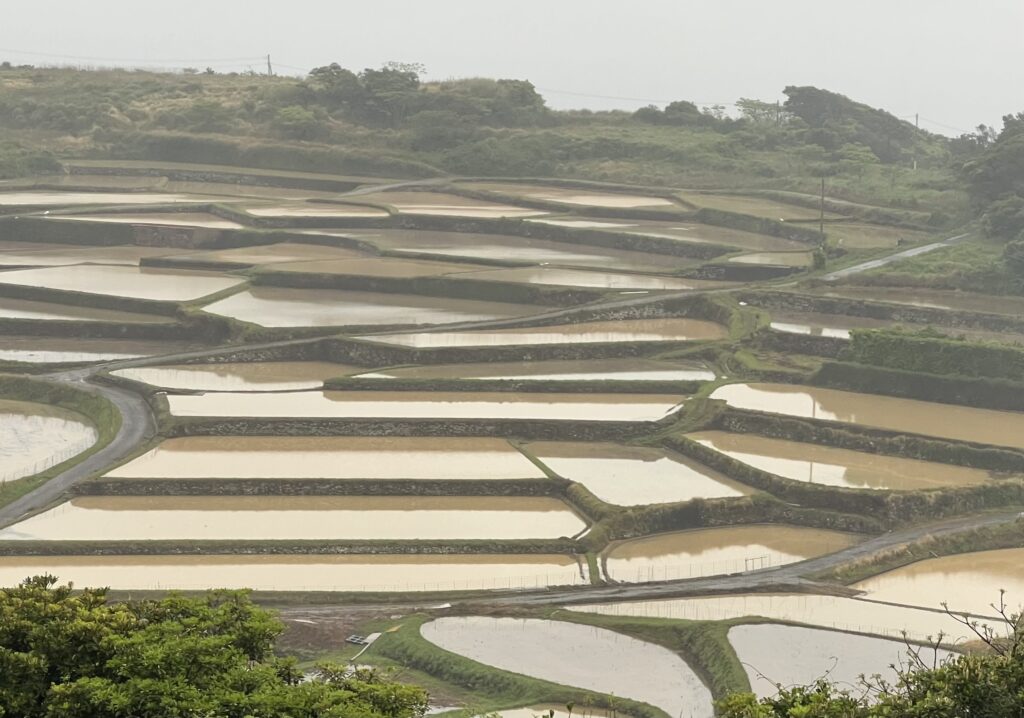
Travel on Japanese back roads is slow, with much of it done between 40 and 60km/h but being in no hurry that gave us the opportunity to better appreciate the whole experience. Given that distances are not great, and the roads are usually windy in mostly mountainous conditions, the slow speed is not an issue- but I would not want to be driving across Canada at that speed. For most of our first few days the weather was either overcast or drizzling – unfortunate ( and unseasonal we were assured ) but it’s what we had so it limited some of our outdoor options.
By the time we reached Nagasaki, things had improved somewhat and we had reasonably clear days there. The A-Bomb museum and nearby Memorial to the Victims were priorities and both truly conveyed the horrors of war, especially nuclear war, well. Hard not to get emotional when looking at some of the displays – it was not lost on either of us that, given the Japanese people’s general longevity, and the fact that it occurred only 78 years ago, there would still be a significant number of survivors alive in the city with clear memories of it.
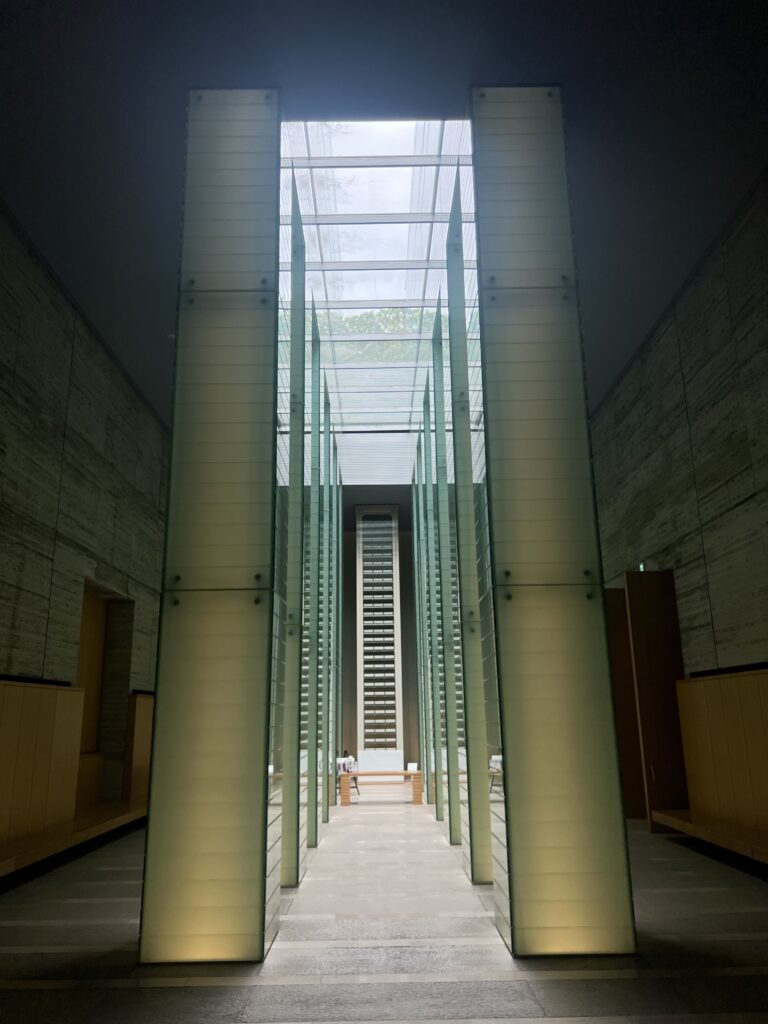
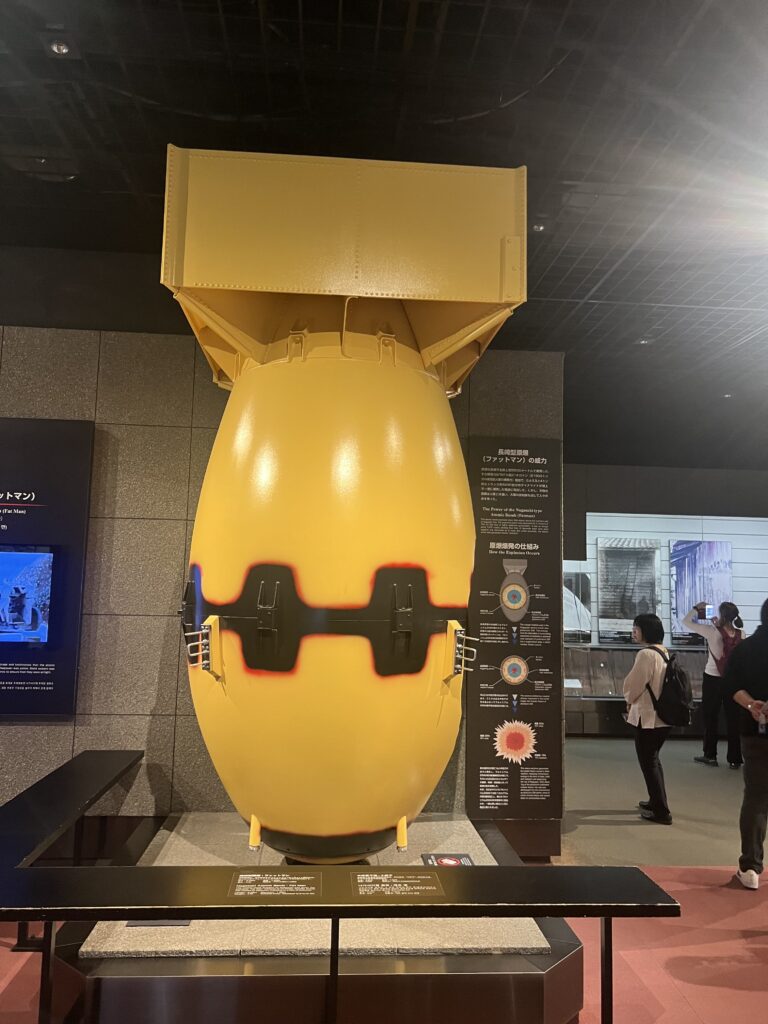
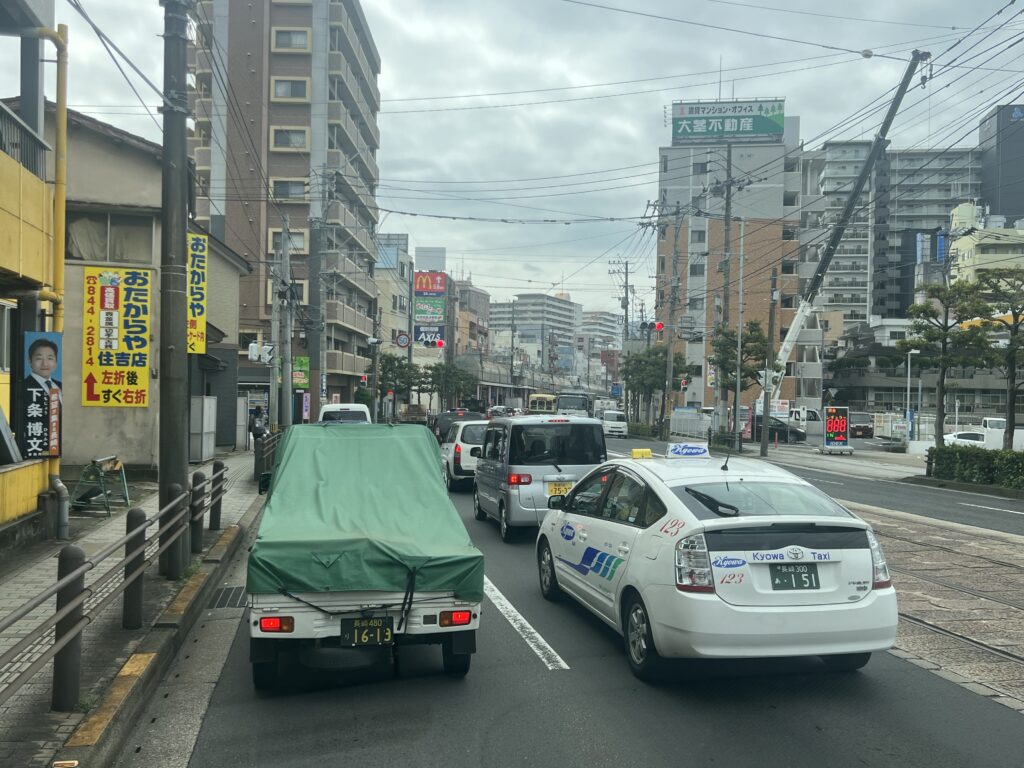
In addition to the slightly kitschy “Megane Bridge” there were a few other sights we’d hoped to see in the city but had to abort those plans when we realized two things: a) Nagasaki’s streets are really narrow ( even for Japan ) and challenged our ability even just to turn in some cases, and b) while there were parking places which we would have happily paid for, they were all way too small for our 7m long van ! Worse, many parking spaces, (even those in open air locations) have height considerations which treat our van as a (perish the thought)….bus !!! Japanese parking lots consider our van to be enormous and where we have been able to park ( based on either length or height ) we have been hit with “bus” size parking fees ( almost 5 times what a car pays ) in some cases. Not something we can’t work around but definitely a consideration that will require a little more “strategizing” as we visit some of the larger cities ( in rural parts, no issue ).
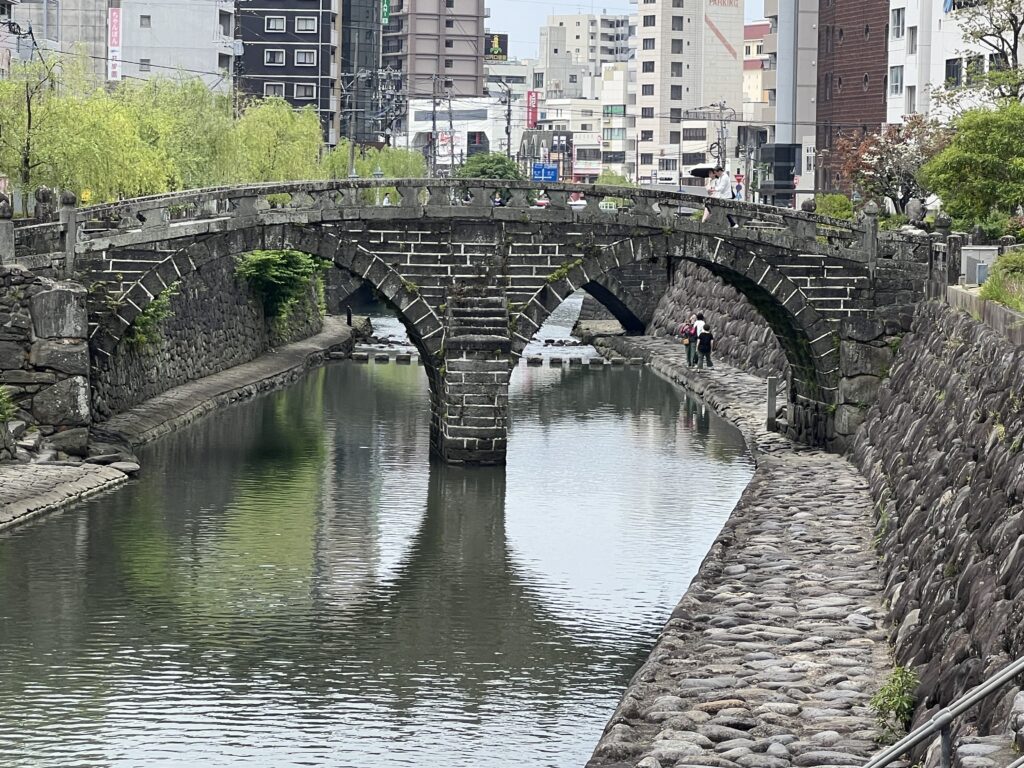
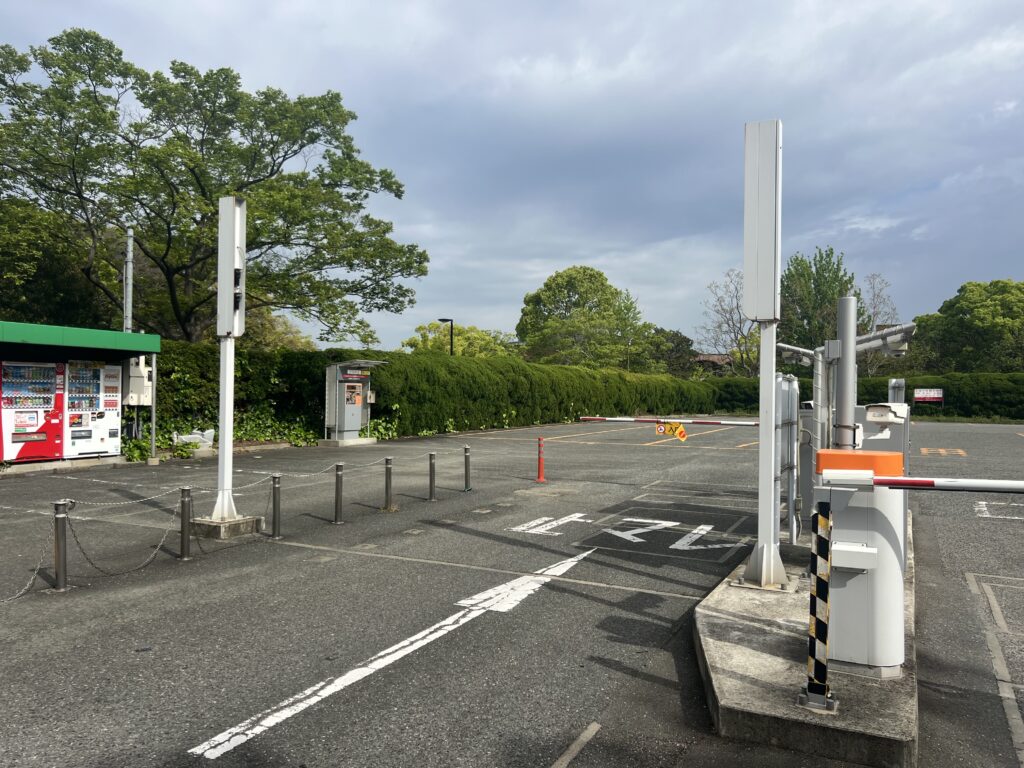
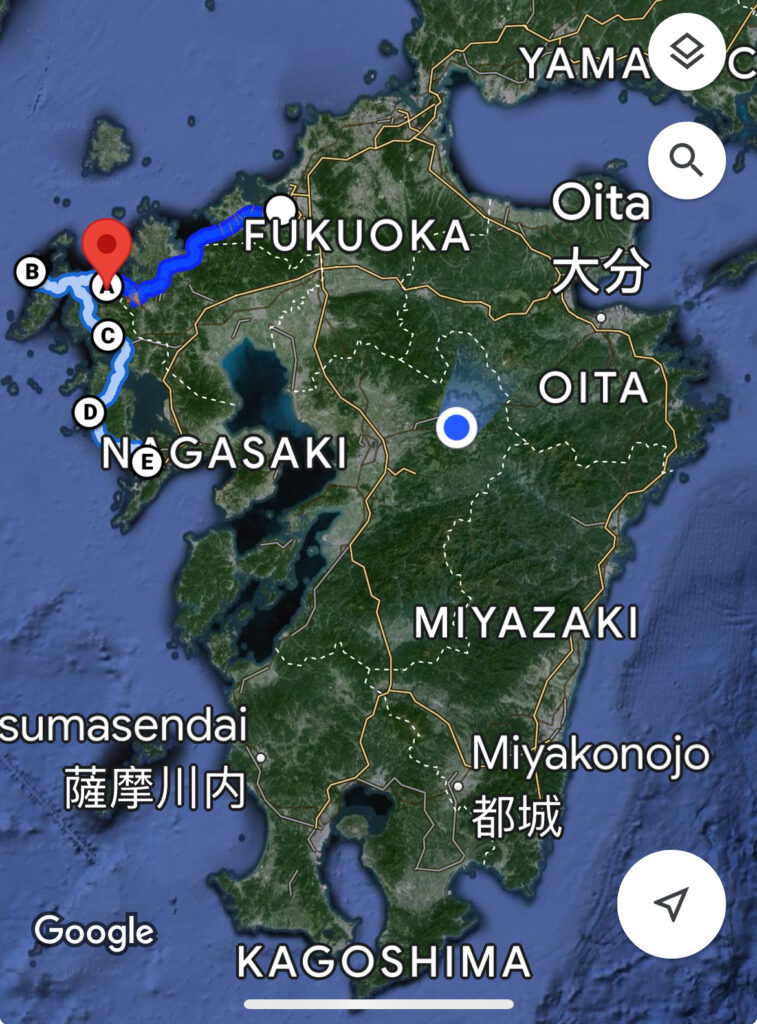
Before I wrap up this week’s blog with a look at some facets of the country that are, well, uniquely Japanese ( enjoy ), an interesting little side note on Nagasaki and that fateful event on August 9th, 1945: it was not the intended destination for the 2nd A bomb. It was actually destined for Kokura, further north. The plane with the bomb actually flew to Kokura, circled several times and then aborted the target due to persistent cloud cover. The plane banked and headed south to Nagasaki, where, initially anyway, there was also cloud cover. They decided to wait there a bit longer – just before they would have had to turn for home, the cloud cover broke and the world’s second atomic bomb was released….the rest, as they say, is history.
You Know You’re In Japan When:
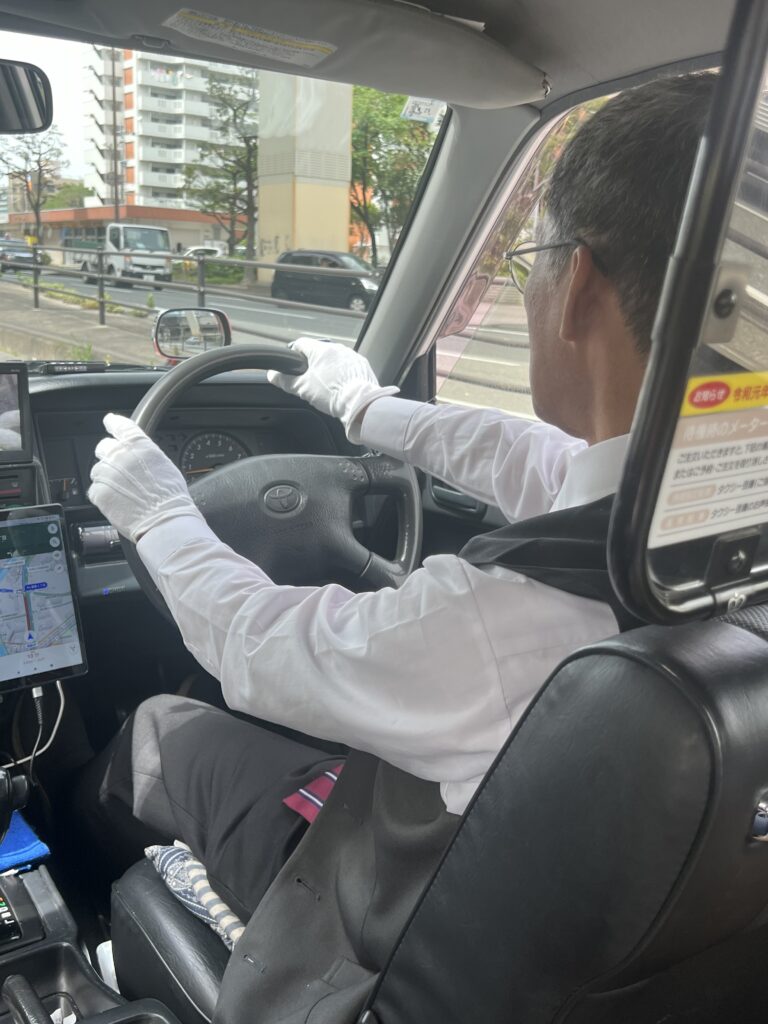
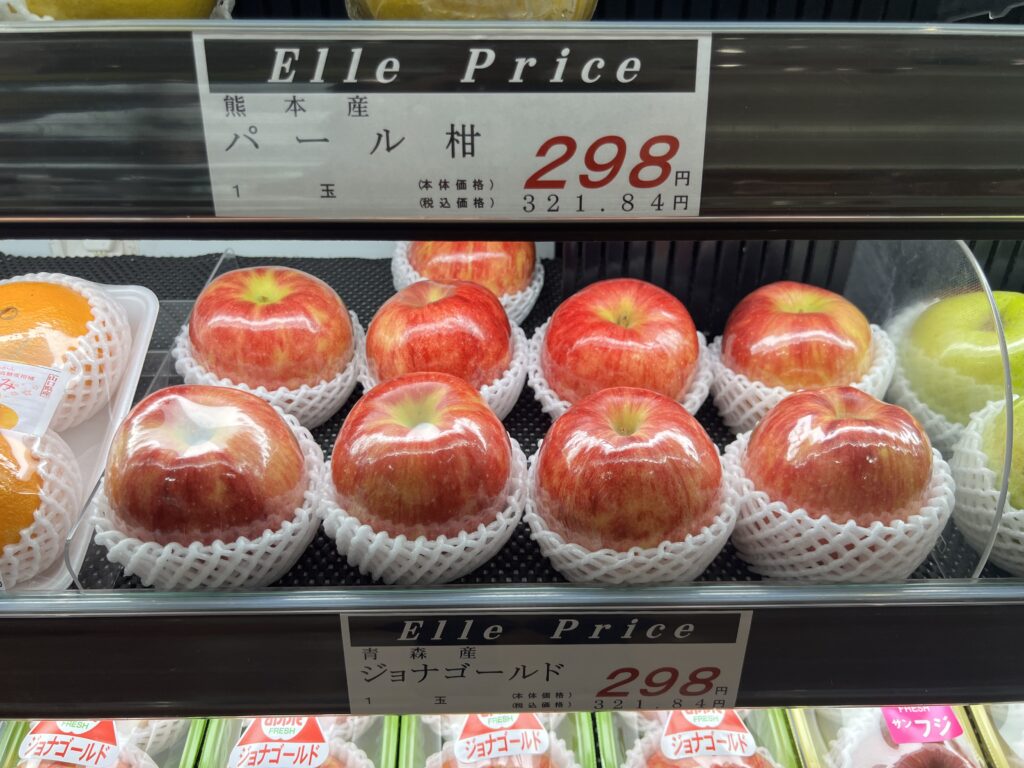
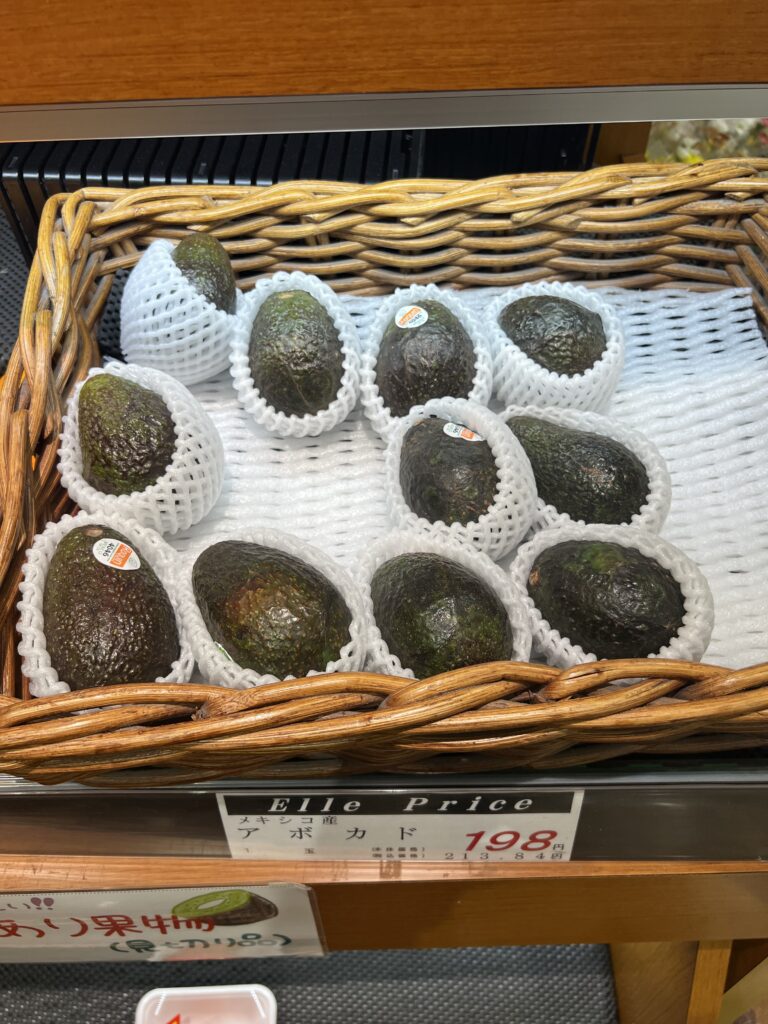
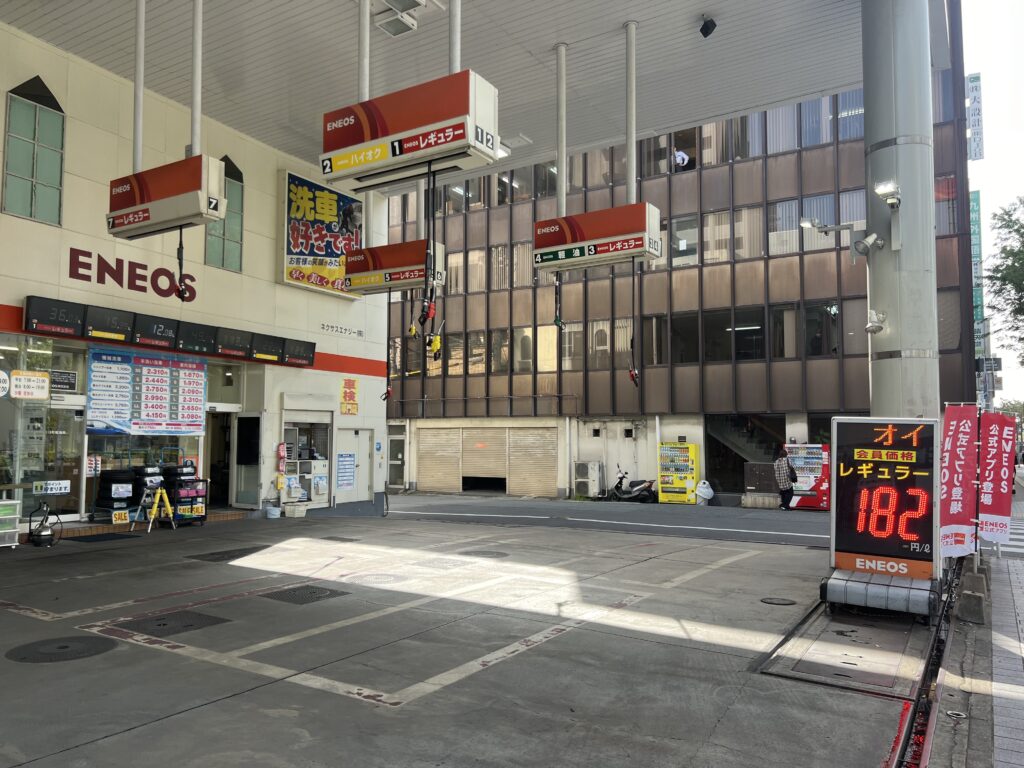
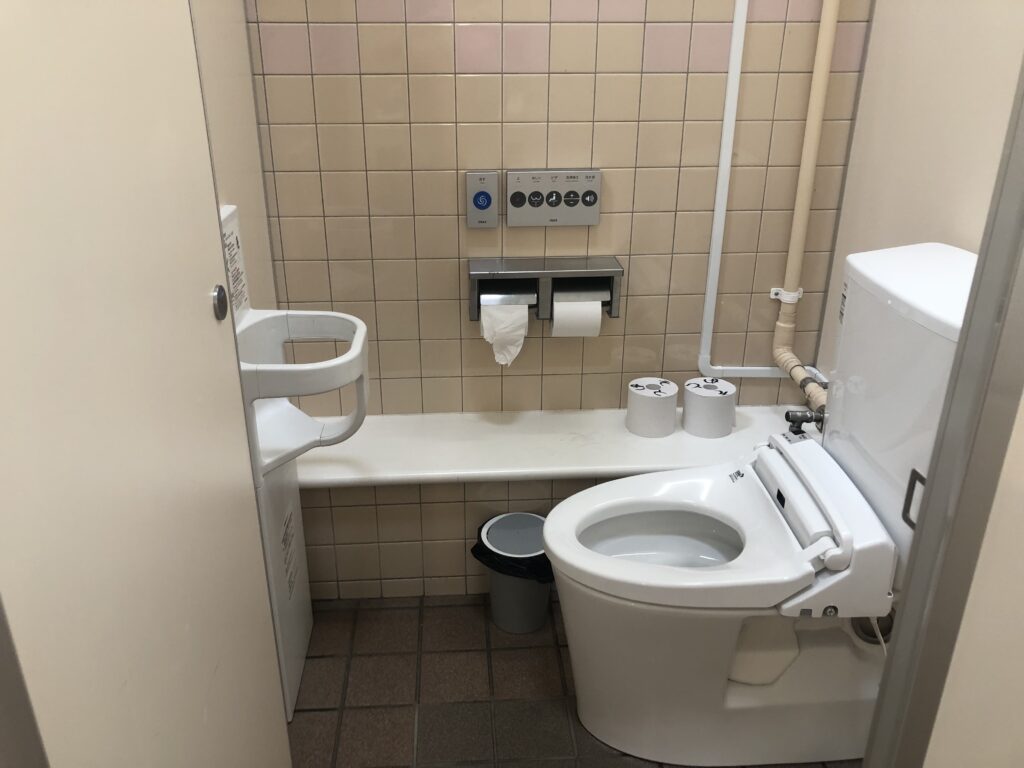
Till next week……..

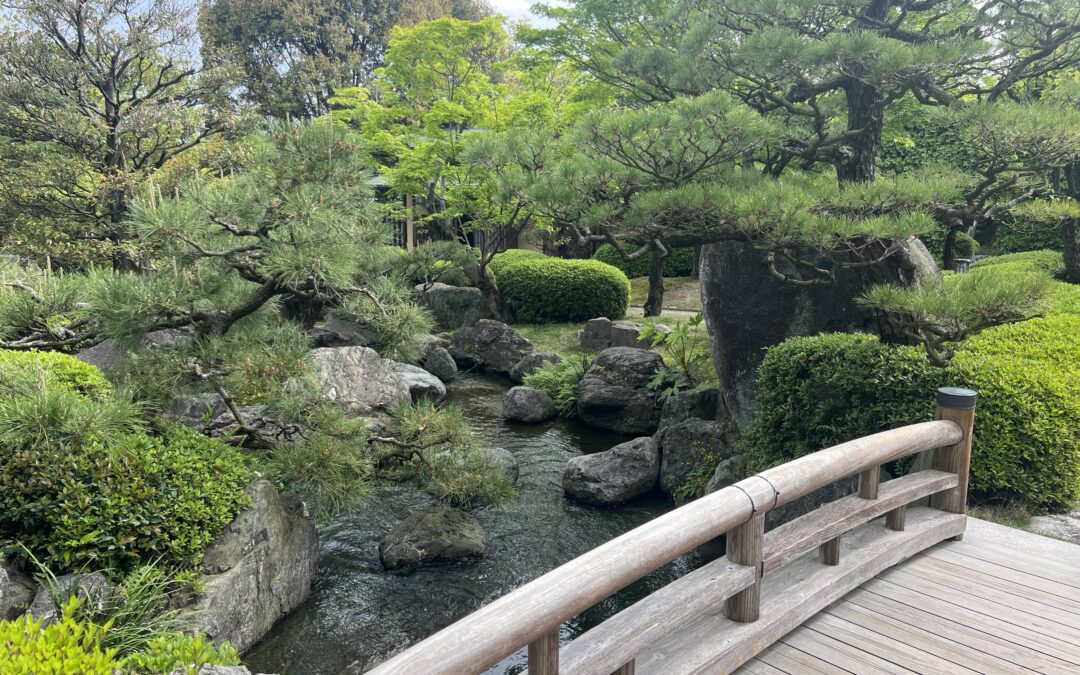
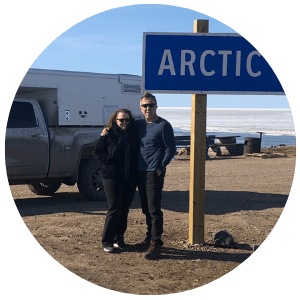
Ha! I love it! Running water soundtrack!
Yep, in almost every toilet !!! Glad to see you are “live” on our blog again again 😊.
Great post – would love to visit there someday!
Nice to hear from you guys – you must surely be due for a serious overland trip soon ??? Hope our paths cross again somewhere 😊
Great photos and words looking forward to more. Safe travels.
Thanks Phil, so are we !
What an adventure, always love reading your blog. Makes me ponder our next adventure! Take care and enjoy!
Hi Lucille !
So nice to hear from you, glad you still enjoy following along ( we keep an eye on you, too ! ). Hopefully at some stage our paths will cross again.
Jeff
I saw your vehicle parked in the lot next to my apartment in Beppu this morning and got curious. An amazing adventure you’re having!
Hi Billy,
Nice to hear from you and great city you live in ! Loved Beppu !
Having fun in Japan and looking forward to seeing more of it, cheers.
Jeff